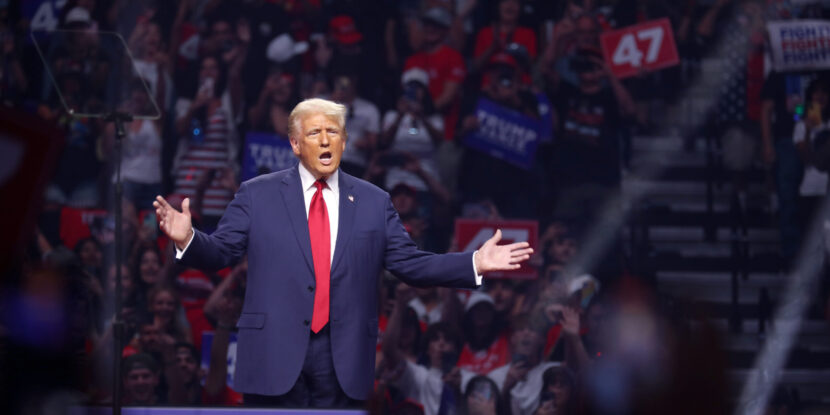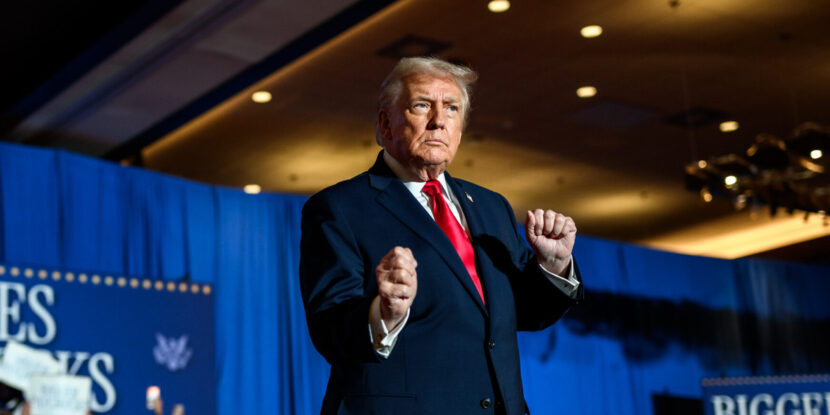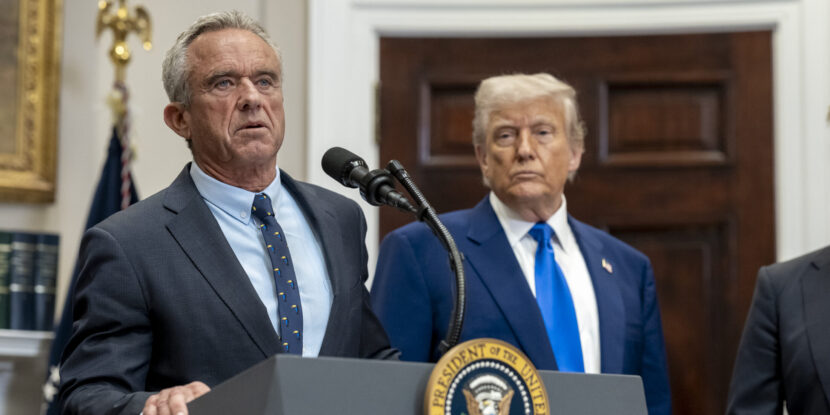The tariffs enacted during President-elect Donald J. Trump’s first term in office—and largely continued under Joe Biden—are already fueling the start of a decoupling between the United States and the People’s Republic of China. When Trump’s tariffs first took effect in 2018, China accounted for just over 21 percent of U.S. imports. However, by 2023, that number has plunged to just below 14 percent.
Meanwhile, Mexico and Canada have seen their share among U.S. imports grow—albeit modestly. Currently, Mexico accounts for just under 16 percent of U.S. imports, up from around 12 percent in 2014. Canada, which saw its share of imports collapse over the last decade, has slightly rebounded and accounts for just under 14 percent of U.S. imports—about on par with China.

Even with the modest increase in Mexican imports to the U.S., the data suggests the American economy is increasingly becoming more self-sufficient and less reliant on cheap products produced by China. President-elect Trump has promised to enact a new round of tariffs against China as the latter has continued its aggressive currency manipulation.
China routinely deflates its currency to create trade imbalances and maintain a cheap manufacturing environment. This practice disadvantages domestic industry in the U.S. Additionally, the rivalry between the U.S. and China necessitates further decoupling—especially among critical technology sectors—to further American national security interests.

While Trump is pushing for new tariffs on a number of countries, those targeting China are far higher and more aggressive than those he intends to enact against countries in, for instance, the European Union. The latter is more an issue of trade leverage, with tariffs being a tool to push a ratcheting down of trade barriers.






















